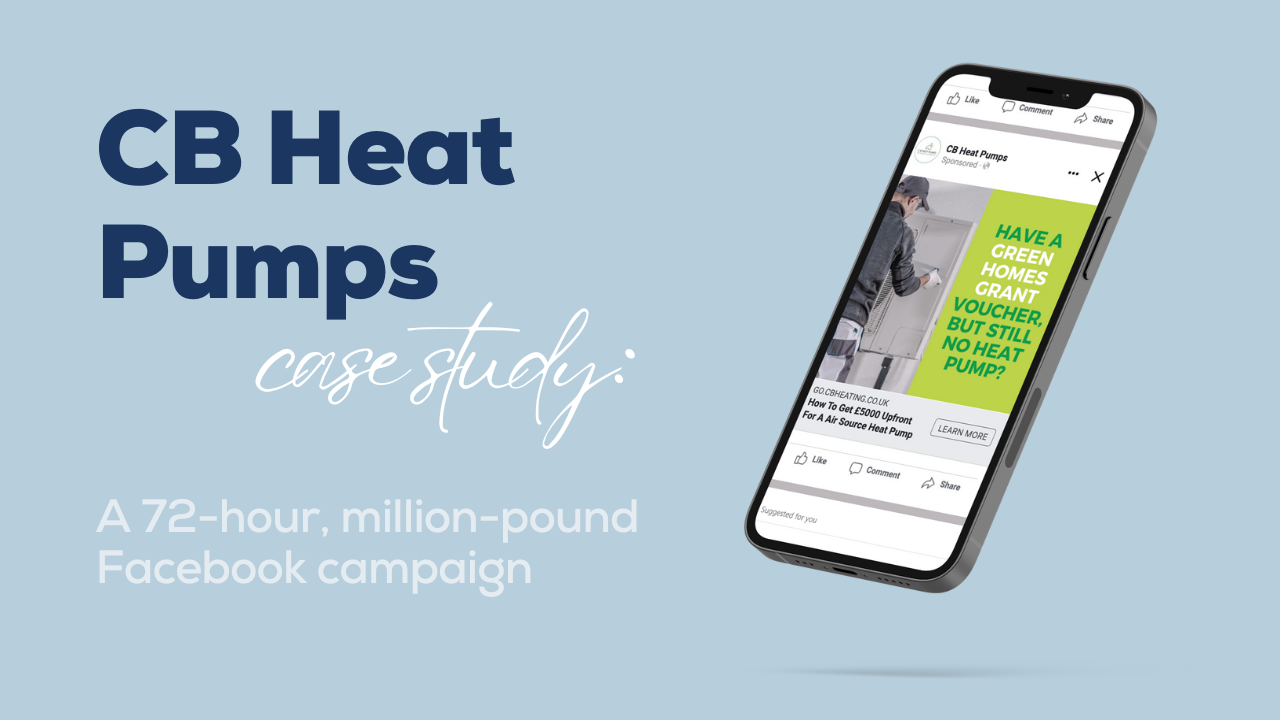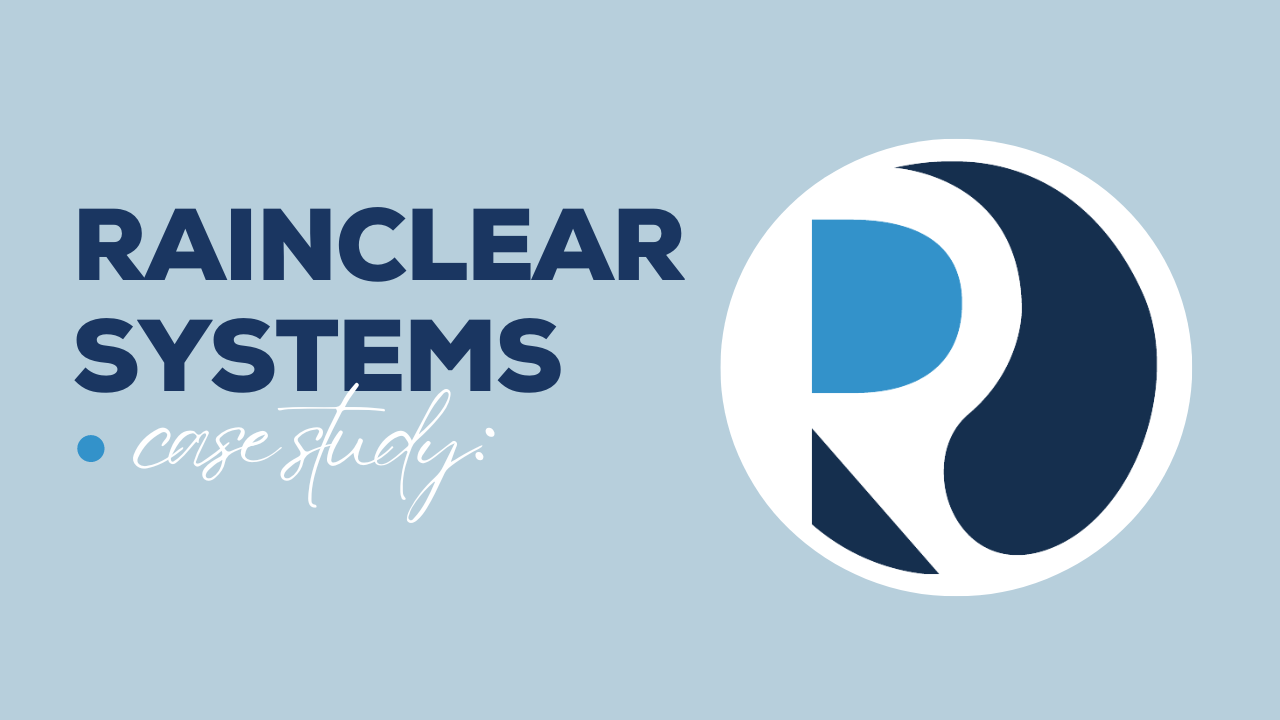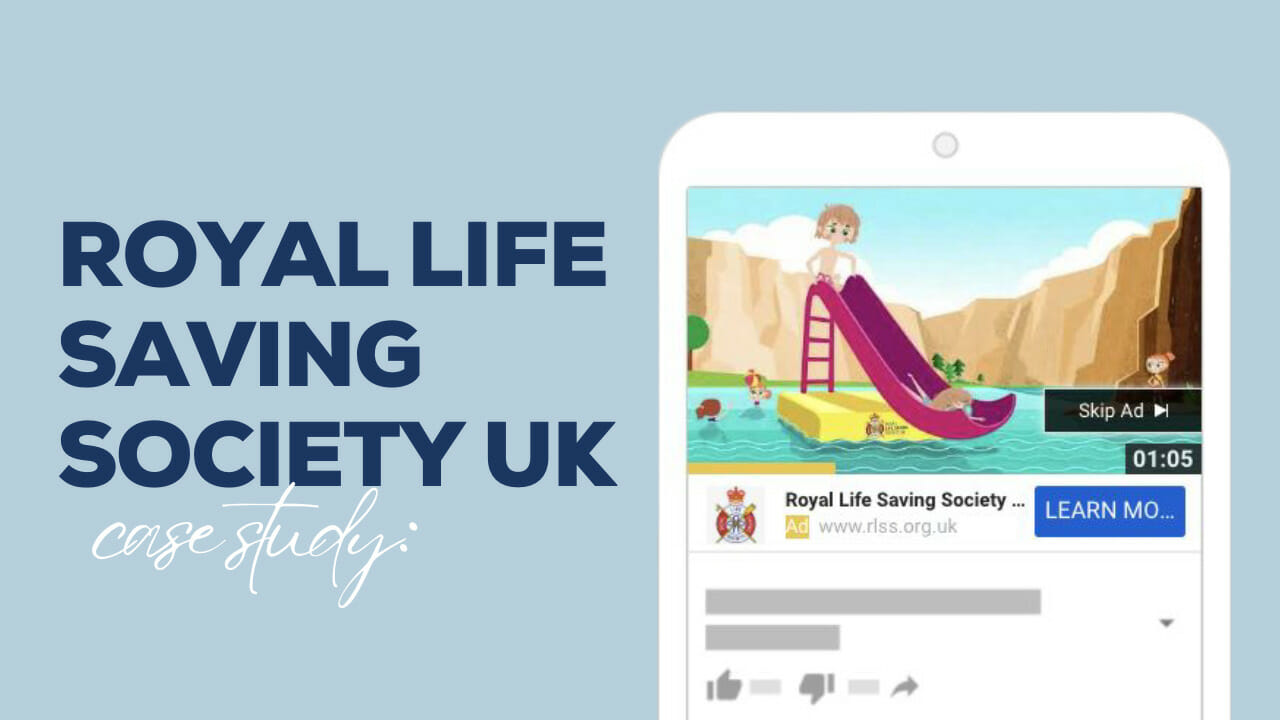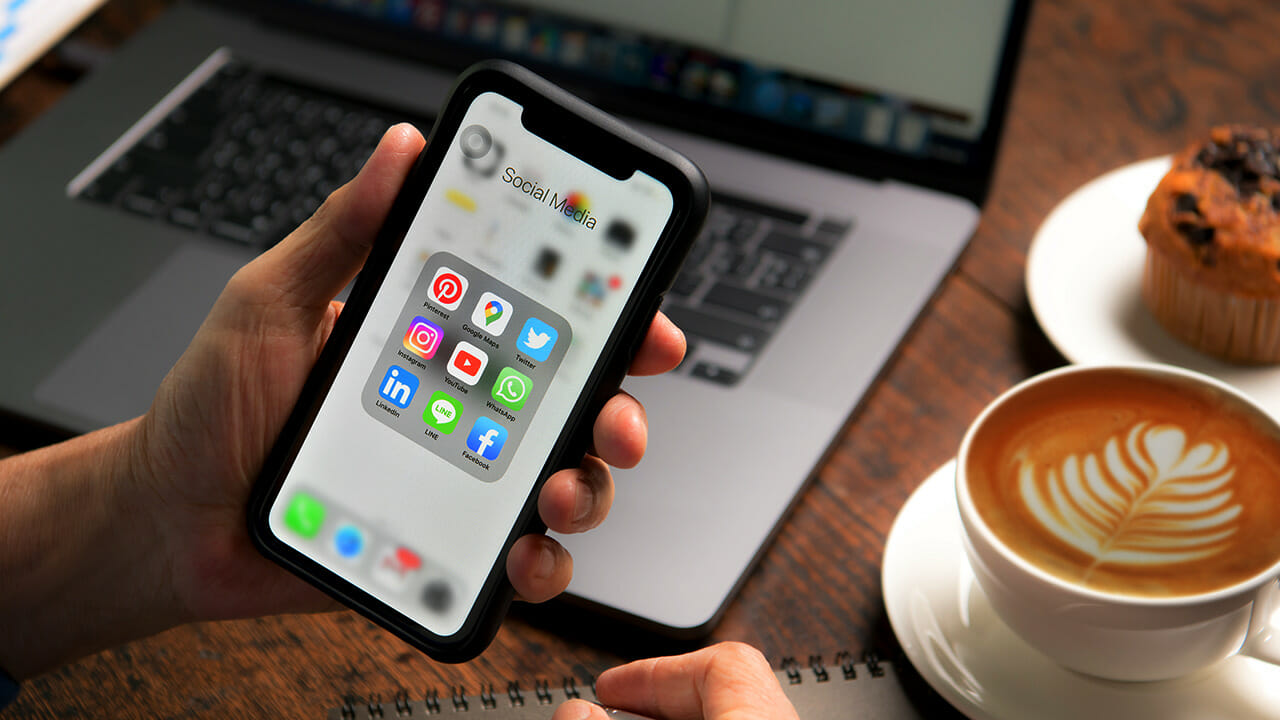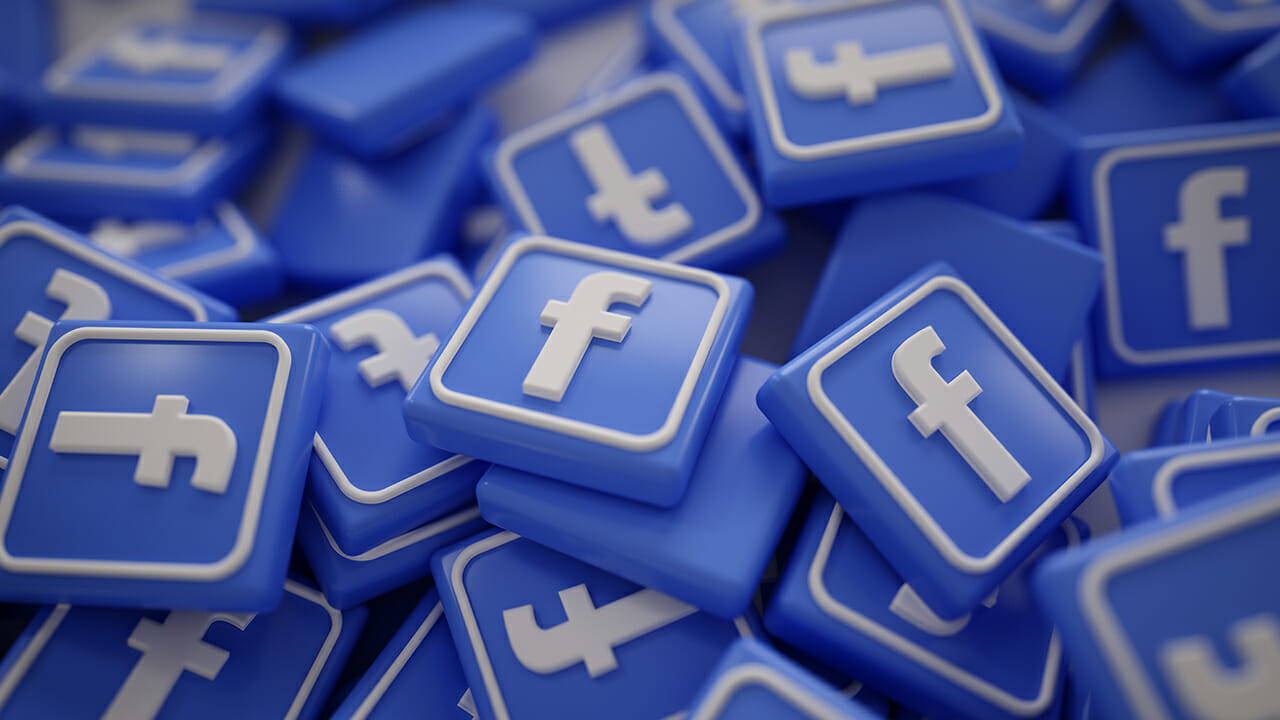
Prediction number 1: Mainstream use of AR and VR
Augmented Reality (AR) and Virtual Reality (VR) will become more mainstream with Facebook’s rebrand to meta and the expansion of the Metaverse. For years, millions of people have been using AR everyday without realising it. If you’ve used Snapchat filters and Instagram filters that project graphics onto your face, or make things look like they’re really there, you’ve used AR. Crucially, the applications of AR on social media are not limited to ‘fun’ filters, as brands can also leverage augmented reality to provide better shopping experiences to their customers.
If you’re an e-commerce store you know one of the cons to not wanting it brick and mortar is the customer’s inability to try something on. Brands like ASOS and H&M already use AR to allow customers to find their size or digitally try things on before buying. While much of VR remains in the gaming world, it has huge potential to have a transformative effect on all kinds of shopping experiences such as supermarkets. However it plays out, the barriers to purchasing physical items in the digital world are being overcome.
Prediction number 2: Rising demand for influencer marketing
Online ads have done nothing but increase over the last decade to the point that people are very aware of advertisers. If you’re ads are too intrusive (the content of the ad doesn’t fit in with organic content) a customer won’t respond well. Updates to Instagram like the emphasis on reels, and TikTok’s specific kind of user experience, have pushed advertisers and brands towards using influencers, people who already have an organic social presence, to market their products through collaborations. Some influencer marketing collaborations are less tangible than that, brands simply work with influencers to improve brand recognition.
As a brand, this means finding regular people who don’t work for your company, but do represent your average prospect well, and sponsor them in some way so that they post content about your brand in front of their 1000s or millions of followers (or provide you with content to use in paid social campaigns). Sponsoring them could look like: sending them a free product or paying them directly for their content. It makes sense as to why this type of marketing has been working for the last several years, because a recommendation to buy from someone your customer already ‘trusts’ will always way heavier in a buying decision than an ad from an unknown seller. The same principle applies here. While influencer marketing has already been around for some years. I suspect that we will see it continue to morph and grow in 2022 as Instagram and TikTok release new tools to empower influencers and make brand partnerships that much easier.
Prediction number 3: Rising ‘social shoppers’
‘Social shopping’ was the entire idea behind the success of Depop, a place you could buy and sell clothing but also fashion follow trends and engage with your favourite sellers/creators. Instagram increasingly has become a social e-commerce platform, perhaps in the wake of Depop’s success, adding the shop tab to its main menu and pushing for brands to sell within the platform and not on their own websites. It’s certain Instagram will continue to invest in and drive forward in its e-commerce and creator tools in 2022. Adam Mosseri has published several announcements over the last few months sharing new updates on the app, most of which focussed on bringing new e-commerce features and tools for creators. If you’re an e-commerce store, Instagram is definitely a platform worth looking at and investing more of your marketing into in 2022.
Prediction number 4: Local marketing becomes more common
Local marketing is marketing that is centred around a physical radius of a business and targets the local consumers in that area. It’s not exactly new (Snapchat’s location based filters were an early predecessor) since people have been able to tag their location for years, but what we are seeing now is features centred on marketing to customers while they are ‘on-location’ and not when they post about it afterwards. Now we have Facebook neighbourhoods, a feed dedicated to your local area.
Even the old ‘Check-In’ feature where you can mark on Facebook that you are currently somewhere has seen new utilisation for marketers. Facebook now lets you see friends who have previously been somewhere, or what is located close to you at any moment with its ‘Facebook Nearby’ feature. Likewise, ‘Facebook Offers’ allow local businesses to incentive online profiles to come to a physical location with exclusive discount codes. I think we can expect more localised tools on all platforms to appear over the course of 2022 that gives small businesses more direct access to their local communities and customers.

